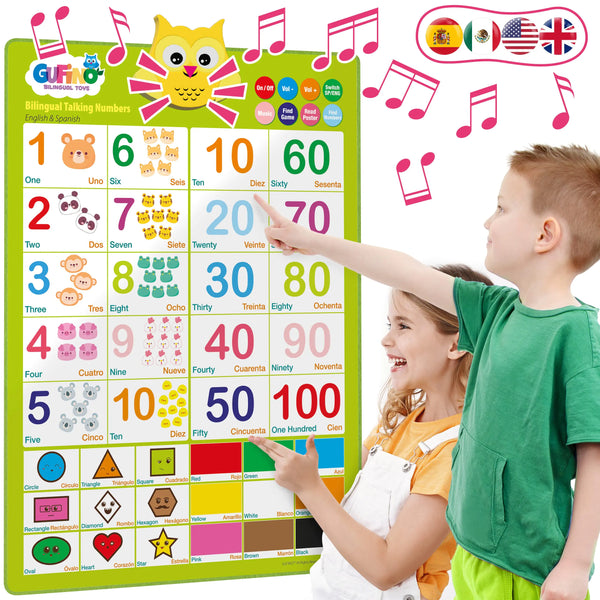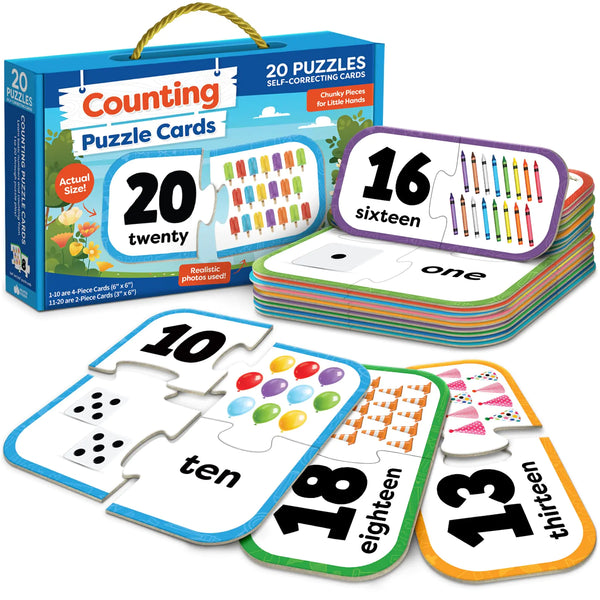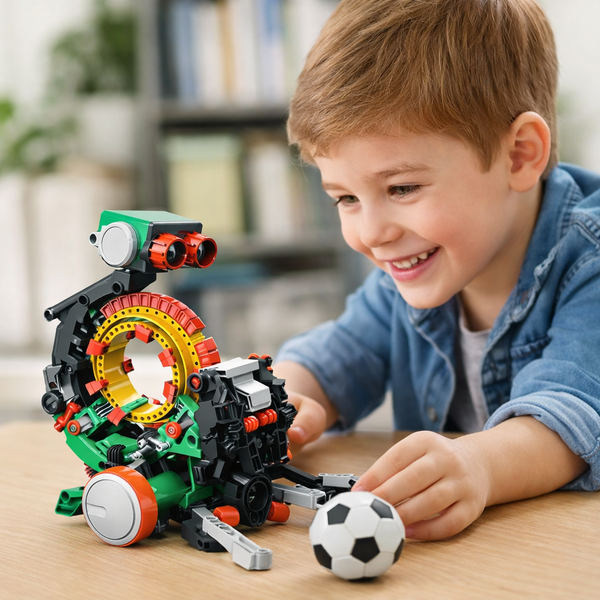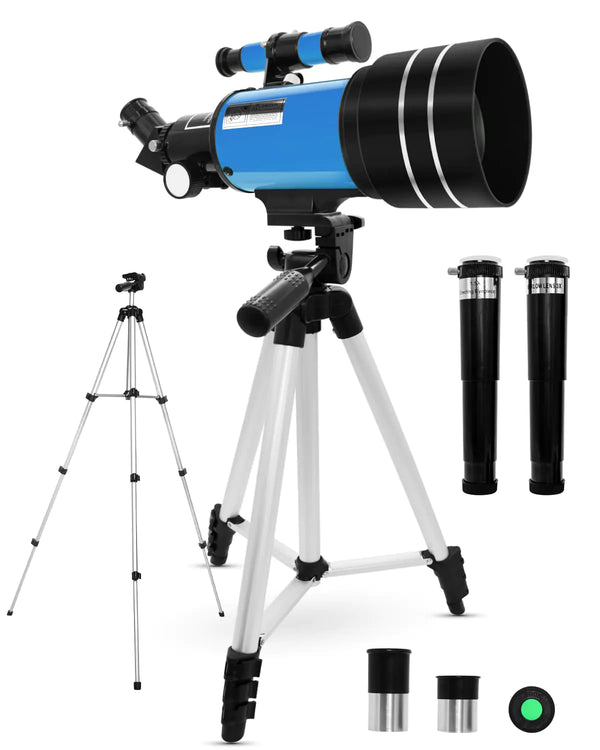Teaching children to tell time is an essential skill that lays the foundation for their understanding of daily routines and time management. Learning clocks, whether analog, digital, or hybrid, serve as invaluable tools in classrooms, making the process interactive and engaging. This article explores various types of learning clocks, methods for introducing them in classrooms, fun activities, common challenges, and the roles of technology and parental involvement in teaching time.
Key Takeaways
- Understanding different types of learning clocks can help tailor teaching methods to various learning styles.
- Introducing learning clocks in the classroom should start with familiar concepts and use visual aids effectively.
- Interactive, hands-on activities, such as games and clock-making, make learning to tell time fun and engaging.
- Overcoming common challenges, like understanding the hour and minute hands, requires patience and creative strategies.
- Incorporating technology and involving parents can significantly enhance the effectiveness of teaching time.
Different Types of Learning Clocks

When it comes to teaching kids how to tell time, having the right tools can make all the difference. Learning clocks come in various types, each with its own set of benefits. Let's dive into the different kinds of learning clocks you can use to make time-telling a breeze for your little ones.
Analog Learning Clocks
Analog learning clocks are the traditional clocks with hour and minute hands. These clocks are excellent for helping kids understand the passage of time. One of the most significant benefits of analog clocks is that they visually show the movement of time, making it easier for kids to grasp the idea of hours and minutes. Plus, they can be a fun way to introduce kids to the classic way of telling time.
Digital Learning Clocks
Digital learning clocks display time numerically, which can be easier for some kids to read. These clocks are great for teaching kids to read digital time, a skill they'll need in today's tech-savvy world. Digital clocks can also be more straightforward for younger children who are just starting to learn about time.
Hybrid Learning Clocks
Hybrid learning clocks combine the features of both analog and digital clocks. These clocks often have movable hands and a digital display, allowing kids to see both forms of time representation simultaneously. This dual functionality can help kids connect analog and digital time, fostering a deeper understanding of time concepts.
Choosing the right type of learning clock can set the foundation for your child's time-telling skills. Whether you go for analog, digital, or hybrid, each type offers unique benefits that can make learning to tell time an enjoyable experience.
How to Introduce Learning Clocks in the Classroom

Starting with Familiar Concepts
When introducing learning clocks in the classroom, I always start with familiar concepts. Kids already know about daily routines like breakfast time, lunch, and bedtime. I use these events to explain the basics of time. Connecting new information to what they already know makes learning less intimidating and more relatable.
Using Visual Aids Effectively
Visual aids are a game-changer when teaching. I love using large wall clocks and colorful posters that highlight the hour and minute hands. Visuals help students grasp abstract concepts more concretely. Plus, they make the classroom look vibrant and engaging!
Incorporating Hands-On Activities
Hands-on activities are essential for keeping kids engaged. One of my favorite activities is having students create their own analog clocks using paper plates and brass fasteners. This not only reinforces the different components of a clock but also gives the students a sense of ownership and investment in their learning.
Incorporating hands-on activities like crafting clocks can make learning time fun and interactive, helping students to better understand and retain the concepts.
Fun Activities to Teach Time Using Learning Clocks

Interactive Games
One of the best ways to teach kids how to tell time is through interactive games. Games make learning fun and engaging, and they can be a great way to reinforce the concepts taught in class. You can find a variety of online games that help kids practice setting the time on both analog and digital clocks. Board games and card games that focus on time-telling skills are also excellent choices.
Storytelling with Clocks
Storytelling is a powerful tool for teaching time. By incorporating clocks into stories, you can help children understand time in a more relatable way. For example, you can create a story in which the main character must complete tasks at specific times. This not only makes learning fun but also helps kids see the practical application of knowing how to tell time.
Crafting Your Own Clocks
A creative, engaging, hands-on activity is to have students construct their own analog clocks. Using simple materials like paper plates and brass fasteners, students can create a working clock model to color, label, and use for practice. This activity not only reinforces the different components of a clock but also gives the students a sense of ownership and investment in their learning.
Hands-on activities like crafting clocks can significantly enhance a child's understanding and retention of time-telling skills.
Common Challenges and How to Overcome Them

One of the most common challenges kids face is distinguishing between the hour and minute hands. It's crucial to start with the basics and ensure they understand the difference in length and function. Using color-coded clocks can be a game-changer here.
Switching from analog to digital can be confusing for kids. I recommend introducing digital clocks only after they have a solid grasp of analog time. Interactive games that convert analog to digital time can make this transition smoother.
Keeping kids engaged while learning to tell time can be tough. Incorporating hands-on activities and interactive games can make learning fun and effective. Remember, the goal is to make time-telling an enjoyable experience for them.
The key to overcoming these challenges is patience and creativity. Use a variety of tools and methods to keep the learning process dynamic and engaging.
Using Technology to Teach Time

Educational Apps
One of the best ways to teach kids how to tell time is through educational apps. These apps are designed to make learning fun and interactive. Many apps offer games and quizzes that help reinforce time-telling concepts. Plus, they can be used anywhere, making them a convenient option for busy parents.
Online Resources
There are numerous online resources available that can aid in teaching time. Websites like Wordwall, Padlet, and JeopardyLabs offer interactive activities that can make learning more engaging. These resources often include printable worksheets, interactive games, and even video tutorials.
Interactive Whiteboards
Interactive whiteboards are a fantastic tool for teaching time in a classroom setting. They allow teachers to display large, clear images of clocks and other time-related visuals. This can be especially helpful for visual learners. Additionally, many interactive whiteboards come with built-in software that includes time-telling activities and games.
Incorporating technology into time-telling lessons not only makes learning more engaging but also helps children become more comfortable with digital tools, which is a valuable skill in today's world.
By using these technological tools, you can make learning to tell time a more enjoyable and practical experience for your child. Whether it's through apps, online resources, or interactive whiteboards, there's a tech solution out there that can help your child master the concept of time.
Parental Involvement in Learning Time

One of the best ways to teach kids about time is through everyday activities at home. You can use cooking, for example, to explain how long it takes to bake cookies or boil pasta. Incorporating time into daily routines makes learning practical and fun. You can also use puzzles involving clocks to make the learning process more interactive.
Every day moments are perfect opportunities to teach your child about time. Whether it's setting a timer for a game or discussing the time it takes to drive to school, these moments are invaluable. Consistency is key, so make it a habit to regularly talk about time.
Working closely with your child's teacher can make a big difference. Teachers can provide you with specific activities and tips tailored to your child's learning style. This collaboration ensures that your child gets a consistent message about the importance of learning to tell time.
The more you integrate time-telling into your child's daily life, the more natural it will become for them. Make it a fun and engaging part of your routine, and you'll see great results!
Mistakes to Avoid When Teaching Time

Rushing the Basics
One of the biggest mistakes you can make is rushing through the basics. Kids need time to grasp the fundamental concepts of telling time. Skipping these essential steps can lead to confusion and frustration later. Take it slow and ensure they understand each part before moving on.
Ignoring Digital Clocks
In today's tech-savvy world, ignoring digital clocks is a no-go. While analog clocks are crucial for understanding the concept of time, digital clocks are equally important. Make sure to incorporate both types into your teaching to give kids a well-rounded understanding.
Lack of Practice
Practice makes perfect, right? Well, the same goes for learning to tell time. Without enough practice, kids can easily forget what they've learned. Incorporate daily practice sessions and fun activities to keep their skills sharp.
Remember, the goal is to make learning time fun and engaging. Avoid these common pitfalls to set your kids up for success!
Success Stories: Real-Life Examples

Teachers have shared some fantastic stories about how learning clocks have transformed their classrooms. Jessica C. mentioned, "I used this project for Open House this year. This project is HIGH engagement & rigor! It goes beyond the standard and had my students SO excited." Another teacher, Andrea C., said, "My students LOVED this project! They loved planning a fun day with a friend, and they were able to apply their knowledge of time in a relevant way!" These testimonials highlight the effectiveness of learning clocks in making time-telling an engaging and practical skill for students.
One of the most rewarding aspects of using learning clocks is seeing the students' progress. For instance, a second-grade class improved their time-telling skills by 50% within just a month of using both analog and digital learning clocks. The students not only read the time accurately but also began to understand the concept of elapsed time, a crucial skill on their academic journey.
Parents have also noticed significant improvements in their children's ability to tell time. Many parents reported that their kids are now more punctual and better understand their daily schedules. One parent shared, "My child used to struggle with understanding time, but after using the learning clocks, they can now read both analog and digital clocks with ease. It's been a game-changer for our morning routines!"
Seeing the positive impact of learning clocks on both students and parents is incredibly fulfilling. It not only enhances academic skills but also brings a sense of accomplishment and confidence to the kids.
The Future of Learning Clocks in Education

Innovative Designs
The future of learning clocks is incredibly exciting, with innovative designs that make teaching time more engaging and effective. Imagine clocks that light up to show the difference between the hour and minute hands or even clocks that talk! These new designs can make learning to tell time a fun and interactive experience for kids.
Integration with Curriculum
Integrating learning clocks into the curriculum is a game-changer. By aligning clock-related activities with other subjects like math and science, we can create a more holistic learning experience. This approach not only reinforces the concept of time but also helps students see its relevance in everyday life.
Long-Term Benefits
The long-term benefits of using learning clocks are immense. Kids who master the concept of time early on tend to be better at time management and planning. These skills are crucial for academic success and beyond. By investing in quality learning clocks now, we're setting our kids up for a lifetime of benefits.
The future of learning clocks is bright, and the potential for educational growth is limitless. Let's embrace these innovations and make learning time a joyful experience for our kids.
The future of learning clocks in education is here, and it's more exciting than ever! Discover how these innovative tools can transform the way children understand time and enhance their cognitive skills. Don't miss out on the latest advancements in educational toys. Visit our website to explore our full range of learning clocks and other educational marvels.
Conclusion
Mastering the art of telling time is a crucial milestone for young learners, and with the right tools and techniques, it can be a fun and engaging process. From hands-on manipulatives to interactive games, there are countless ways to make learning about clocks both educational and enjoyable. Remember, the key is to keep the lessons lively and varied, ensuring that each child can grasp the concept in a way that resonates with them. So, let's embrace these strategies and help our students become time-telling pros!
Frequently Asked Questions
What are the different types of learning clocks?
The different types of learning clocks include Analog Learning Clocks, Digital Learning Clocks, and Hybrid Learning Clocks.
How can I introduce learning clocks in the classroom?
You can introduce learning clocks in the classroom by starting with familiar concepts, using visual aids effectively, and incorporating hands-on activities.
What are some fun activities to teach time using learning clocks?
Some fun activities include interactive games, storytelling with clocks, and crafting your own clocks.
What are the common challenges during teaching time, and how can they be overcome?
Common challenges include understanding the hour and minute hands, dealing with digital time, and keeping students engaged. These can be overcome by using clear explanations, interactive tools, and engaging activities.
How can technology be used to teach time?
Technology can be used to teach time through educational apps, online resources, and interactive whiteboards.
How can parents get involved in teaching their children to tell time?
Parents can get involved by doing home activities, using everyday moments to teach time, and collaborating with teachers.
What mistakes should be avoided when teaching time?
Mistakes to avoid include rushing the basics, ignoring digital clocks, and not providing enough practice.
What are the future trends in learning clocks in education?
Future trends include innovative designs, integration with the curriculum, and long-term benefits of using learning clocks in education.


















